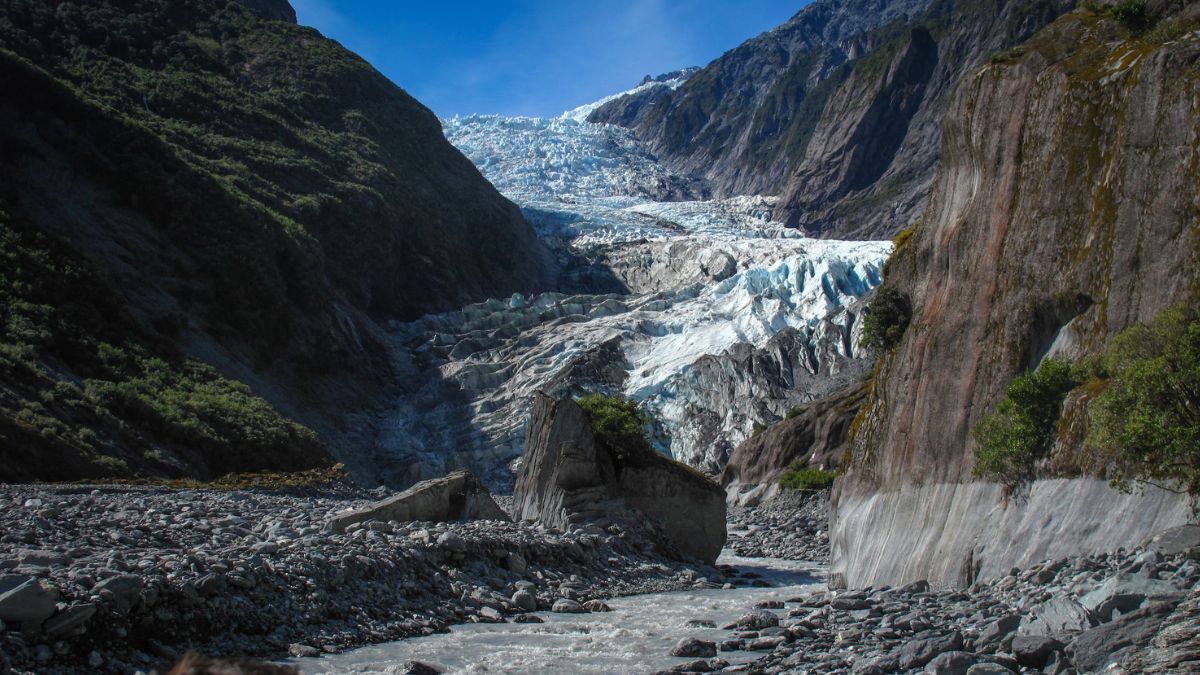The United Nations Educational, Scientific and Cultural Organization (UNESCO) recognizes and preserves some of the world’s most outstanding natural wonders through its Natural Heritage Sites program. These sites, chosen for their exceptional beauty, ecological significance, and cultural value, represent the diverse tapestry of our planet’s natural heritage. Let’s embark on a virtual journey to explore the top 10 UNESCO Natural Heritage Sites, each a testament to the unparalleled beauty and importance of Earth’s ecosystems.
Great Barrier Reef, Australia
Stretching over 2,300 kilometers along the northeast coast of Australia, the Great Barrier Reef is the world’s largest coral reef system. A biodiversity hotspot, it is home to a mesmerizing array of marine life, including vibrant coral formations, tropical fish, and endangered species. Threatened by climate change and coral bleaching, efforts are underway to preserve this ecological masterpiece.
Amazon Rainforest, Brazil and several other South American countries
Encompassing the largest portion of the Amazon River basin, the Amazon Rainforest is a sprawling haven of biodiversity. Home to an estimated 390 billion individual trees representing 16,000 different species, the Amazon is often referred to as the “Lungs of the Earth” for its crucial role in producing oxygen and sequestering carbon dioxide.

Galápagos Islands, Ecuador
The Galápagos Islands, located in the Pacific Ocean, are renowned for their unique biodiversity and the inspiration they provided to Charles Darwin’s theory of evolution. The archipelago is home to an array of species found nowhere else on Earth, including the giant tortoise, marine iguana, and various bird species. Conservation efforts are ongoing to protect this living laboratory of evolution.
Yellowstone National Park, USA
The first national park in the world, Yellowstone National Park in the United States is a geological wonderland. Boasting geysers, hot springs, and diverse wildlife, including grizzly bears, wolves, and herds of bison, Yellowstone is a living laboratory of natural processes and ecosystems. The park’s geothermal features, including the iconic Old Faithful geyser, make it a unique and captivating destination.
Grand Canyon National Park, USA
Carved by the Colorado River over millions of years, the Grand Canyon is a geological marvel that exposes nearly two billion years of Earth’s history. Its mesmerizing rock formations, deep canyons, and diverse ecosystems make it a UNESCO Natural Heritage Site and a testament to the power of natural processes.

Serengeti National Park, Tanzania
The Serengeti, a vast expanse of savannah in Tanzania, is renowned for the annual Great Migration, where millions of wildebeest, zebras, and other herbivores traverse the landscape in search of greener pastures. This remarkable natural event has earned the Serengeti its place as a UNESCO Natural Heritage Site, drawing wildlife enthusiasts and researchers alike.
Mount Everest, Nepal/China
The world’s highest peak, Mount Everest, stands at the border of Nepal and China, part of the awe-inspiring Himalayan mountain range. Beyond its towering summit, Everest is emblematic of the planet’s geological forces and the challenges faced by those who venture to its heights. The region is also home to unique flora and fauna adapted to extreme altitudes.
Iguazu National Park, Argentina/Brazil
Straddling the border of Argentina and Brazil, Iguazu National Park is home to the awe-inspiring Iguazu Falls. The falls, with their 275 individual cascades, form one of the world’s most breathtaking natural spectacles. The park is a haven for diverse plant and animal species, including the endangered jaguar.

Te Wahipounamu, New Zealand
Te Wahipounamu, meaning “the place of greenstone” in Maori, encompasses several national parks and protected areas on New Zealand’s South Island. Known for its stunning fjords, glaciers, and diverse ecosystems, Te Wahipounamu is a haven for endemic species and a reflection of the country’s unique geological history.
Mesa Verde National Park, USA
Nestled in the southwestern United States, Mesa Verde National Park is renowned for its well-preserved ancestral Puebloan cliff dwellings. These ancient structures, dating back to the 6th to 12th centuries, provide insight into the lives and culture of the indigenous peoples who once called this region home.
The UNESCO Natural Heritage Sites are not only breathtaking landscapes but also crucial bastions of biodiversity, geological wonders, and cultural significance. These natural treasures are a testament to the importance of environmental conservation, sustainable practices, and global cooperation in protecting our planet’s irreplaceable natural heritage. As we marvel at these wonders, let us also recognize the responsibility we share in preserving them for future generations.










